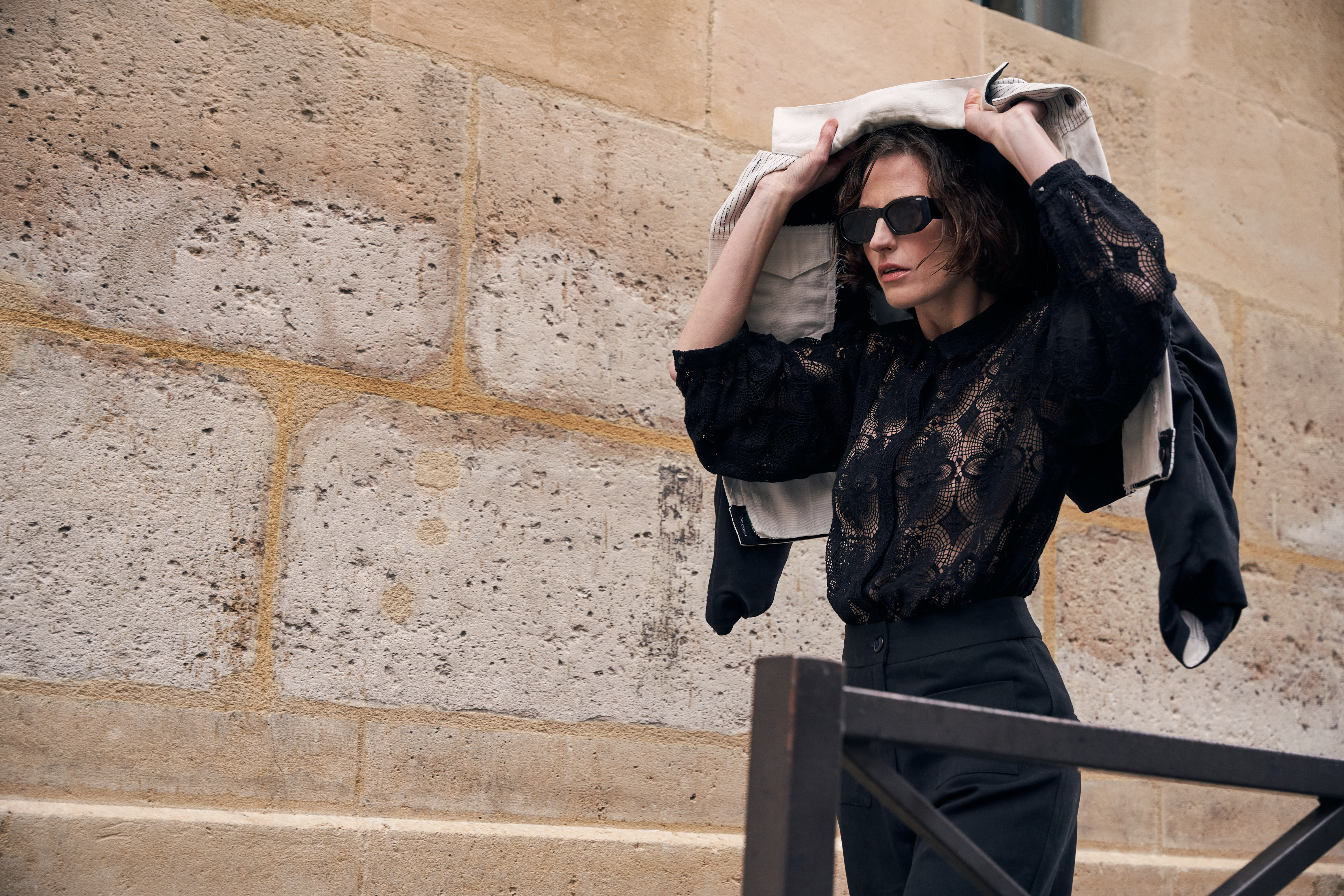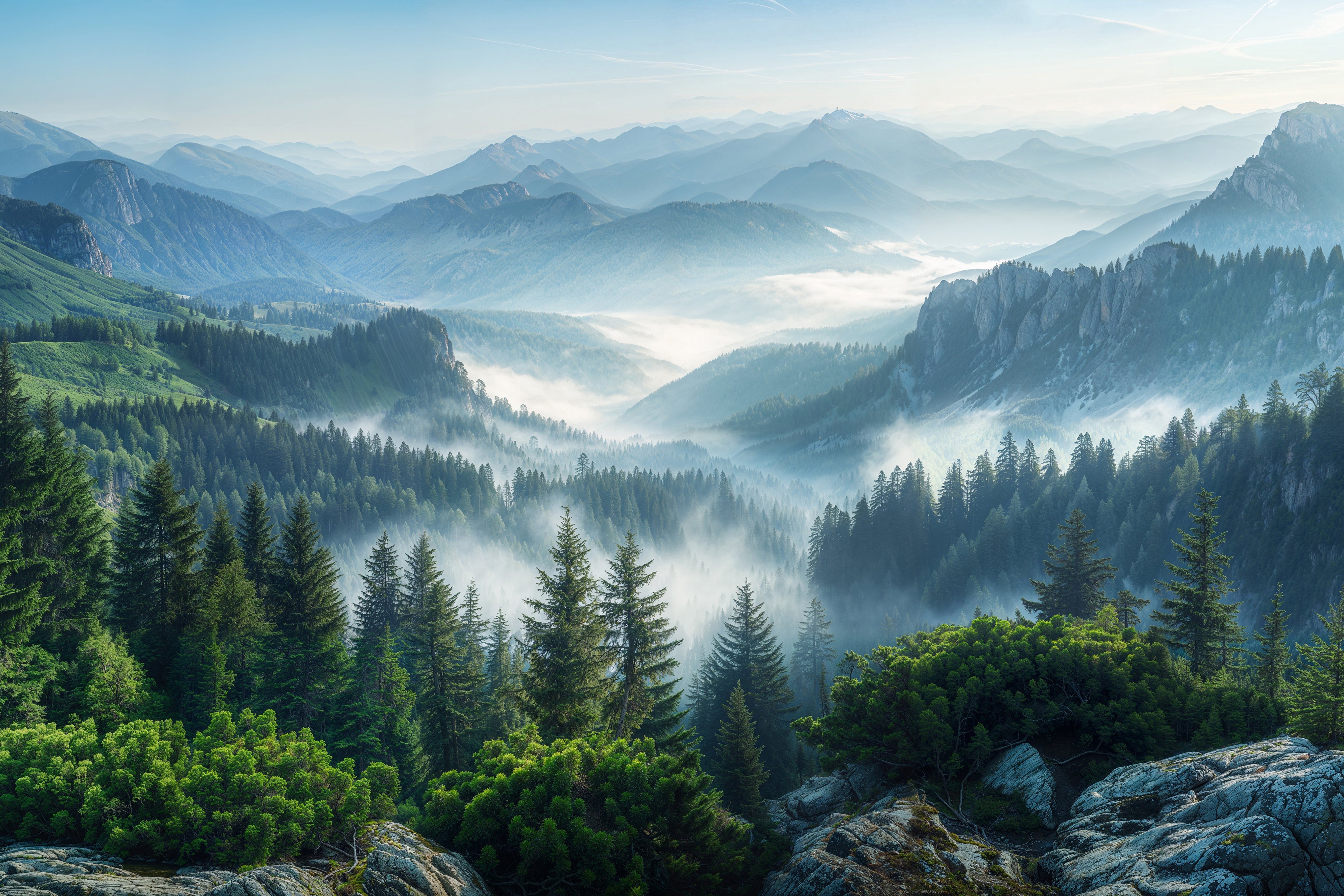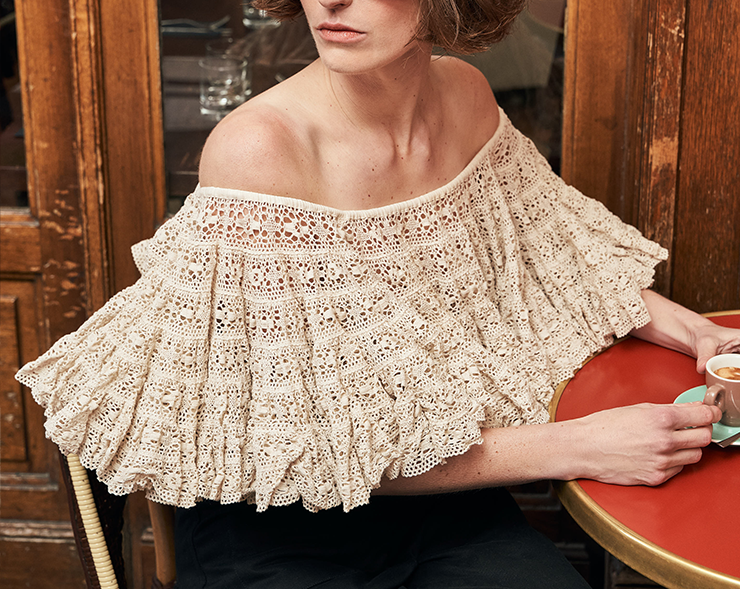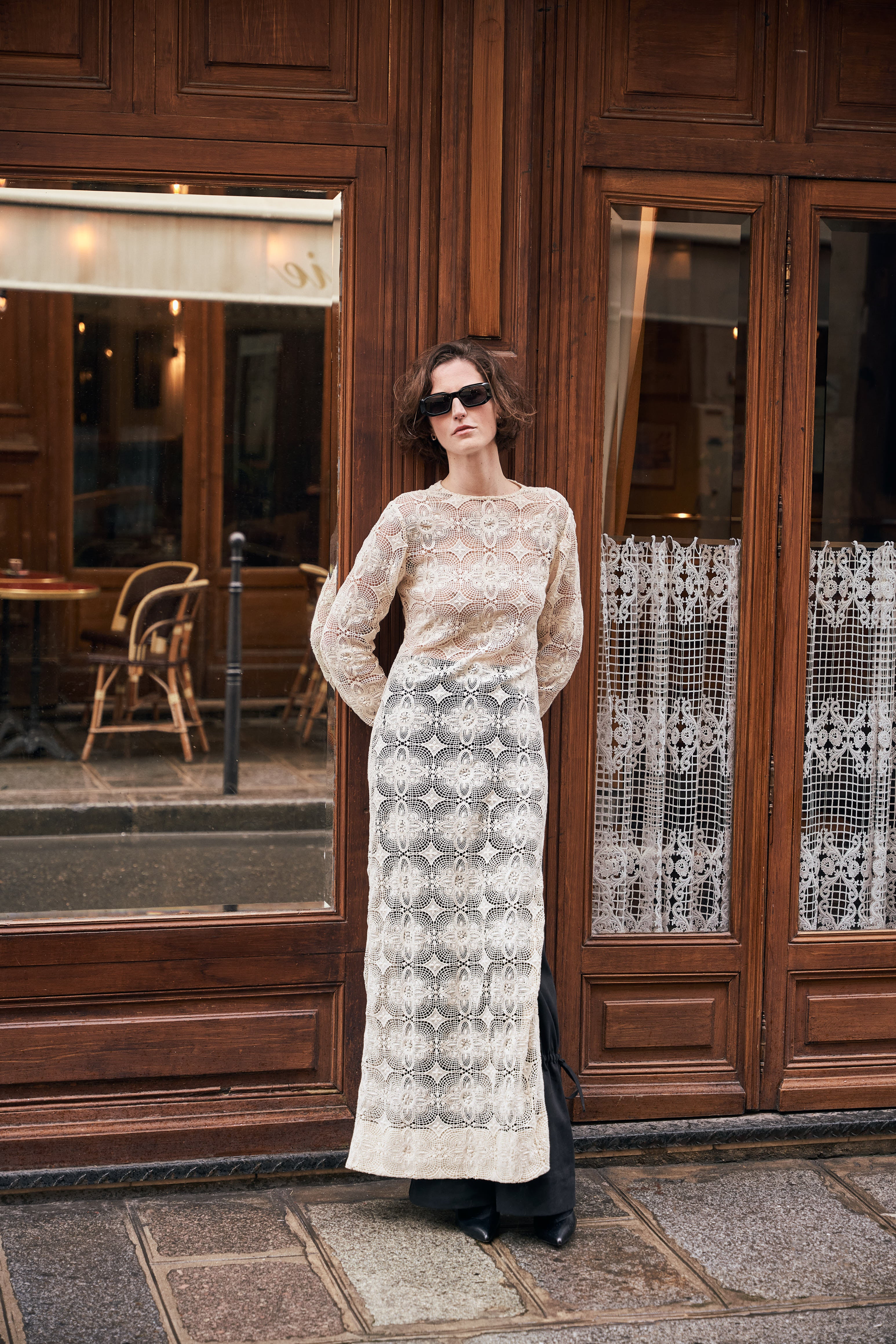 Andy Goldsworthy, Oak Passage and Ferns.
Andy Goldsworthy, Oak Passage and Ferns.
 Andy Goldsworthy, Elm leaves held with water to fractured bough of fallen elm. Dumfriesshire, Scotland. 29 October 2010,
Andy Goldsworthy, Elm leaves held with water to fractured bough of fallen elm. Dumfriesshire, Scotland. 29 October 2010,
Land artists of the 1960s left galleries and their studios, spaces which they felt were too constricting, to shape nature and transform it according to their will. They were men of large ambitions and bold visions who wanted to conquer the land - the American land: Robert Smithson and his enormous Spiral Jetty in the Great Salt Lake, Michael Heizer and his monumental City, built over 50 years in the Nevada desert, Walter DiMaria and the Lightning Field in the high desert of New Mexico, or James Turrell and Roden Crater were some of the stars of this generation born around WWII. It was art for Alpha males. Artists who shaped the landscape according to their dreams.
Andy Goldsworthy, the British born artist, operates from a radically different perspective. He does not impose his will on nature. Rather, he collaborates with it, plays with it, creating dazzling and profoundly affecting works.
With stones, he makes cairns, with oak branches he makes pathways, with thorns he builds a spiderweb-like curtain dividing a large space; with leaves of different colors he creates enchantment; with wool left by sheep on the bark of trees and around hedges, he makes a piece that looks like a cascade frozen in ice.
 Andy Goldsworthy, Wool. Hung from fallen elm.
Andy Goldsworthy, Wool. Hung from fallen elm.
Dumfriesshire, Scotland. 6 August 2015,
Mud, wool, snow, ice, twigs, broken pebbles, flower petals - everything he finds in nature becomes his material. Goldsworthy even “collaborates” with the sheep of farms around his studio in Dumfriesshire by laying on their meadow a large stretched canvas. With their hooves they will create beautiful patterns.
 Andy Goldsworthy, Stretched canvas on field, with mineral block removed, after a few days of sheep eating it, 1997. Courtesy of the Artist.
Andy Goldsworthy, Stretched canvas on field, with mineral block removed, after a few days of sheep eating it, 1997. Courtesy of the Artist.
Andy Goldsworthy is rarely featured in museum shows even though he has done work everywhere, from the Arctic to Africa to Europe. The National Galleries of Scotland decided to mount one of the largest exhibitions celebrating the artist’s 50 years collaboration with nature. 200 works created on the site in a dialogue with the Royal Scottish Academy building as well as drawings, photography, films, sketchbooks. The ambitious exhibition, conceived as an immersive single work, will be examining Goldsworthy’s theme of interrelationship between humans and nature. “Actually, describing it as an exhibition is wrong,” says Goldsworthy. “It’s a work in its own right.” The most spectacular piece is the 20 meter long Oak Passage in the largest museum room. Hundreds of oak branches from windfallen trees perfectly aligned form a narrow passageway. They remind visitors that the oak floor of the gallery was once also a tree and that the building is part of nature, just as we are.
Another highlight is a large room covered with stones from gravedigging collected from 100 gravesites across Dumfriesshire, the region where Goldsworthy has his studio. With this piece, he is looking at the relationship between the body and the earth. When a body is buried, the body takes the place of the stones and the stones the place of the body.
 Andy Goldsworthy, Gravestones, 2025
Andy Goldsworthy, Gravestones, 2025
In another room, 10,000 reeds suspended from the ceiling appear to rain down from the sky.
 Andy Goldsworthy, Skylight, 2025
Andy Goldsworthy, Skylight, 2025
A new sculpture made of fleece marked with the color of different farmers stretches the length of the impressive staircase of the RSA building. Many of Andy Goldsworthy works explore the right to roam freely on the land, like humans and animals used to do. For a long time, the artist’s work was about showing the beauty of the natural world with what it was giving him. Today, his work is about the relationship between humans and the working land.
 Andy Goldsworthy, Wool Runner, 2025
Andy Goldsworthy, Wool Runner, 2025
Goldsworthy’s connection with nature goes way back. At 13, he started working on a farm in Yorkshire where he grew up, bailing hay, piling stones, feeding cows and sheep. There’s a direct line between his early farmwork and his practice as an artist over the past 50 years: cutting, gathering, stacking, digging.
Goldsworthy’s works made with simple elements give us a sense of awe so lacking in our lives. Recently, in the New York Times, Barbara Brown Taylor, an Episcopal priest, who lives on a farm in the Appalachia region, in the U.S., explained that “the roaring orange of the azaleas, the insistent song of a whippoorwill, the galloping of horses at feeding time,” filled her with awe. It’s this precise feeling that is repeated each time we are confronted with Goldsworthy’s work.
 Andy Goldsworthy, Red Wall
Andy Goldsworthy, Red Wall
Why can we stand in front of a cracked wall of red mud, or on stones stacked upon each other and be so touched that they become imprinted in our mind? Andy Goldsworthy’s works remind us of the beauty in the humble and the urgent need to see what surrounds us.
~Jean-Sébastien Stehli
 Andy Goldsworthy. Courtesy of the artist.
Andy Goldsworthy. Courtesy of the artist.
Andy Goldsworthy: Fifty Years. National Galleries of Scotland. Until November 2, 2025. nationalgalleries.org






